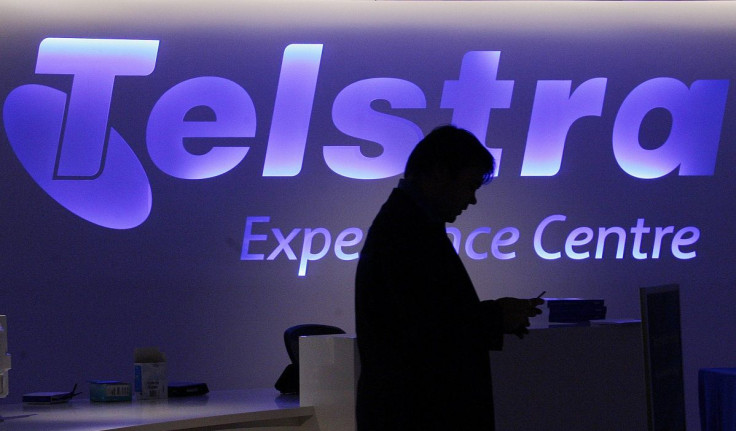Telstra, CBA and MessageXchange collaborate for Australia's first end-to-end e-invoicing experiment

Telstra has collaborated with Commonwealth Bank of Australia (CBA) and MessageXchange to perform an Australia's first end-to-end electronic invoicing experiment. It would test the Digital Business Council framework applying a four-corner model.
The four-corner model required every business and its trading partner to communicate via access points. The access points can be outsourced to another party or it can be installed into business software systems. In the experiment, Telstra would act as the supplier while the Commonwealth Bank would be the buyer. The invoices' movement and technology would be handled by MessageXchange.
"The establishment of a national framework of standards will provide a seamless system for all businesses to use and give software developers the confidence to produce integrated software," Digital Business Council chairperson Peter Strong said. He said that the improvement would be an exciting step forward for small businesses.
Executive General Manager of Commonwealth Bank Michael Eidel said that they are committed on improving the efficiency of businesses e-invoicing system. He said that the system would help especially small to medium-sized businesses. He added that the pain points of processing errors and cost would be reduced. It would also improve the accounts reconciliation and the processing time.
"If we look to Europe, which has had e-invoicing in place for some time, the productivity and cost savings are so obvious to business leader that some countries have already achieved a 40 percent adoption rate, saving businesses and government billions of dollars every year," MessageXchange managing director John Delaney said. He said that businesses and government agencies would benefit in terms of potential cash flow and productivity improvements.
According to the Digital Business Council, Australian businesses could be saving between $7 to $10 billion from the 1.2 billion invoice issued every year. The savings could come from the reduced processing errors and reduced paper and postage cost. When compared to traditional invoicing, e-invoicing is 60 to 80 percent more efficient.
Software developers' reluctance in investing a national framework of standards has delayed the country in the whole-of-economy based e-invoicing. The collaboration expected that national standard could cope with the development implemented in other countries.
In July 2016, CBA and Telstra collaborated to help local efforts in building a silicon-based quantum computer. Telstra saw the potential of the quantum computers for real-time network traffic management which neutral network optimisation could be applied. The collaboration aimed to improve customer intimacy by avoiding data explosion.





















